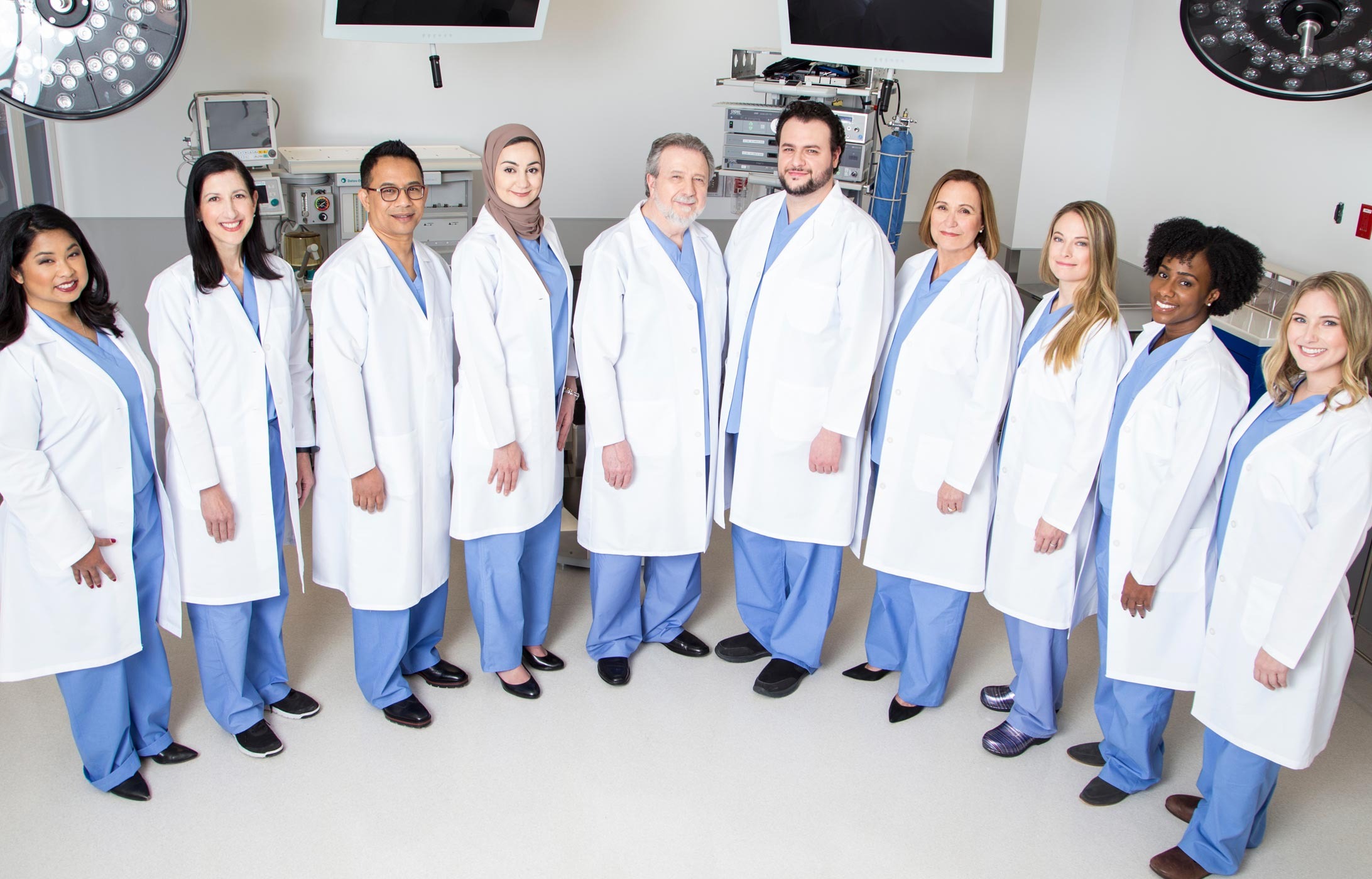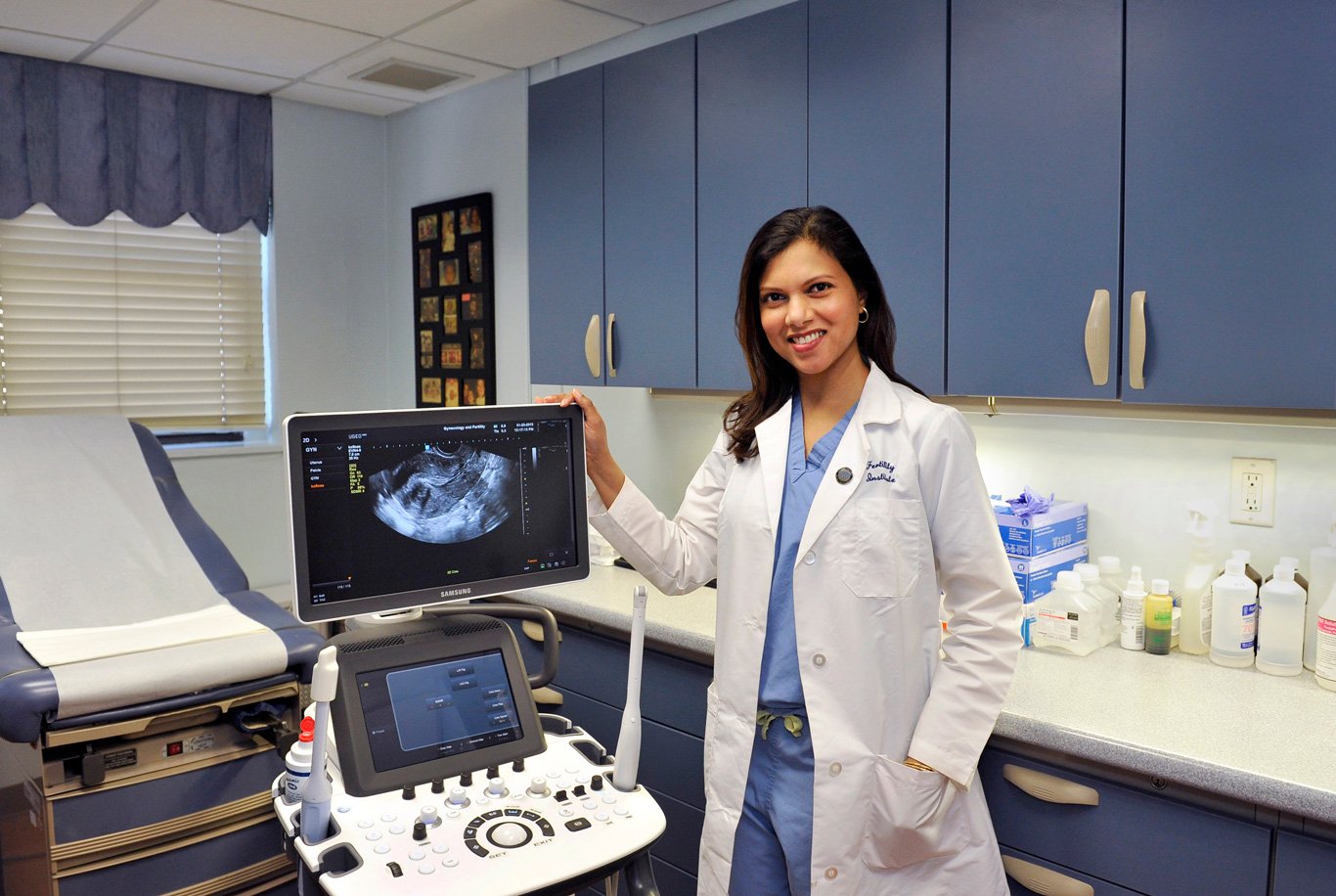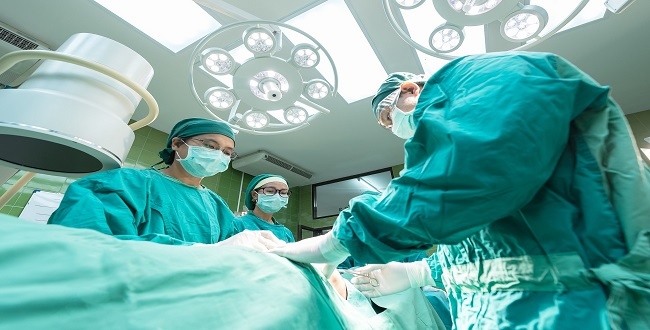Reproductive Surgeries
Expert surgeons to optimize your reproductive health
What is a Hysteroscopy?
A hysteroscopy is an outpatient procedure used to locate and remove adhesions inside your uterus. The procedure involves using a narrow fiber optic scope inserted into the cervix.
Jump to sectionWHat is a Laparoscopy?
Laparoscopy is an outpatient surgical procedure that involves a narrow fiber optic scope inserted through a tiny incision near your navel.
Jump to sectionWhat is a Microsurgery?
Microsurgery is performed using an operating microscope. It is often used to treat pathologic conditions like tubal obstructions, vas deferens obstructions, and varicocele.
Jump to sectionBirth Control Removal / Reversal
We can safely remove birth control devices while ensuring that your reproductive system stays healthy or is healthier than before.
Learn More
Surgical Procedures To Improve Your Fertility In New York
In many cases, a condition that causes infertility can be treated surgically. Or, to put it more succinctly, there are many cases where surgery is necessary to offer the best chances for conception, pregnancy and childbirth.
Kofinas Fertility Group offers comprehensive treatment for all fertility issues, including issues that require surgical care. Whether it be for a condition that affects men or women, our team is highly experienced with reproductive surgeries to maximize your chances of conception. Depending on your specific condition, a custom surgical plan is developed for you.
How do you treat fertility problems with surgery?
In many situations, we can treat the condition causing your infertility with surgery. For example, we use surgery to look for and sometimes remove fibroids, adhesions or cysts in the uterus or fallopian tubes, or on the ovaries. We can also correct other abnormalities, such as a uterine septum. Surgical options include hysteroscopy, laparoscopy and microsurgery.
Types of Fertility Surgery
Microsurgery options include:
- Microsurgical tubal reanastomosis – Reconnects the two ends of the fallopian tubes in an effort to reverse sterilization
- Myomectomy – Removal of fibroids
- Ovarian cystectomy – Removal of cysts from the ovary
What is a Laparoscopy?
Laparoscopy is considered the gold standard of the infertility evaluation procedures, and no infertility evaluation is complete until a laparoscopy is performed. Your fertility doctor will use a thin, lighted tube called a laparoscope to examine the outside of your uterus, ovaries and fallopian tubes. A laparoscopy examination takes about 30 to 90 minutes, but it can take longer if your doctor finds something that can be corrected at the same time. The exam determines if you have scar tissue or blockages in your fallopian tubes that could be causing fertility problems. This procedure also allows your doctor to find and treat conditions such as endometriosis or pelvic inflammatory disease (PID).
Laparoscopic procedures include:
- Tuboplasty – Repair of the fallopian tubes
- Ovarian cystectomy – Removal of cysts from the ovary
- Endometriosis treatment – Removal of endometrial tissue outside of the uterus
- Myomectomy – Removal of fibroids
- Lysis – Removal of intrauterine adhesions
What is a Hysteroscopy?
A hysteroscopy is a way for your fertility doctor to look at the lining of your uterus (endometrium). Your doctor will use a thin, lighted viewing device, called a hysteroscope, to see inside your uterus. Hysteroscopy exams are performed in the operating room, with anesthesia. The procedure takes about 10 minutes, but it could take longer if your doctor finds something that can be corrected during the procedure. We perform a hysteroscopy to see if your fertility problems are due to scar tissue or an abnormally shaped uterus caused by fibroids, congenital anomalies or polyps. It may also determine the cause of repeated miscarriages.
Hysteroscopic procedures include:
- Lysis – Removal of intrauterine adhesions
- Myomectomy – Removal of fibroids
- Correction of congenital abnormalities – of the uterus, such as uterine septum

What Is Fertility Surgery —And What Does It Mean For Me?
In this guide, we’ll walk through the questions our patients ask first, how to vet your providers as you proceed with surgery, and what you can expect every step of the way.
Explore Our Fertility Surgeries GuideBirth Control Removal/Reversal
The invention of birth control is one of the most significant medical innovations for modern women. With the conception of birth control (pun intended), there have been many advances in the various types of birth control available today. Even though many of these birth control options are suitable for many women depending on their family-building goals, a few have been linked to complications when it comes time to start a family or may affect the overall health of your reproductive system.
In most cases, your OBGYN should be able to implant and remove birth control such as an IUD or birth control implant. However, at Kofinas Fertility, we often see patients with complicated cases for removal.
Our doctors specialize in minimally invasive reproductive surgery, so we can take on the toughest cases of birth control removal where your OBGYN cannot safely remove it without affecting the rest of your reproductive system.
Complications with birth control devices can range from minor to life-threatening. At Kofinas Fertility, we can safely remove birth control devices while ensuring that your reproductive system stays healthy or is healthier than before (even if you are not actively trying to get pregnant). Whether you have a lodged IUD that has migrated on its own to a complicated location or you are looking for the best surgeons to remove your Essure device, or want options after getting your "tubes tied," our specialists are here to help.
Results that Speak for Themselves



